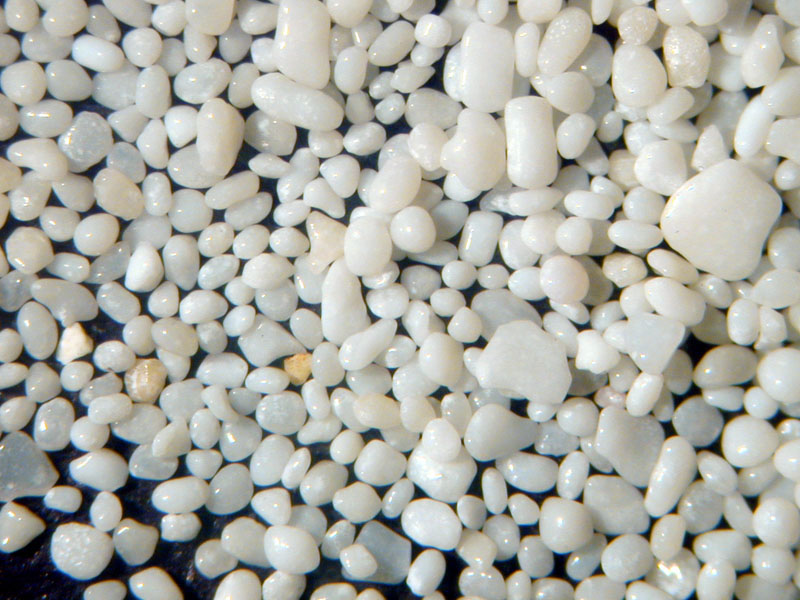
February 14, 2004 Mars Exploration Rover update
Spheroids , about the size of BBs have been spotted on the flor of the crater around the Opportunity Rover. There spheroids have also beem seen in bedrock, partially eroded out.
There are four main hypotheses for the origins of these spheroids.
They are oolitic, stones formed by wave action near a shore. These spheroids will be in horizontal layers, the spheroids on Mars are not. So this is an unlikely origin for the Mars spheroids.


They are lapilli, these are spheroidal stones formed during volcanic eruptions, they have the same composition as the ash in which they are found. The spheres on Mars have a different color than the surrounding stone so they are probably not lapilli.

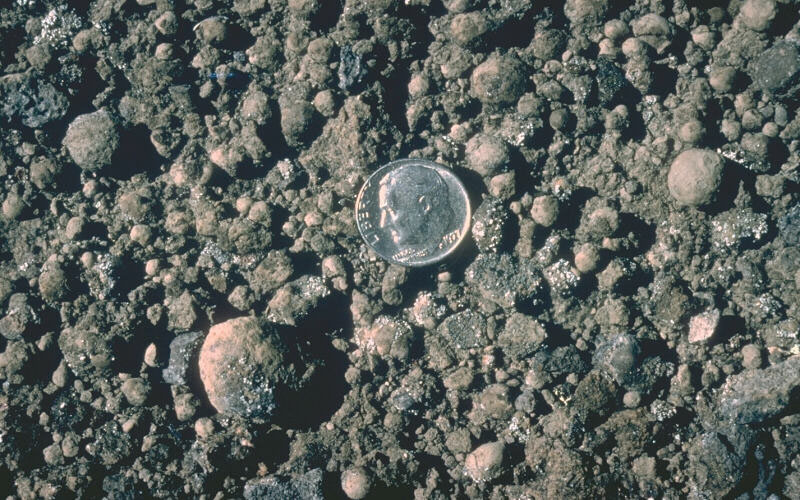
They are pele's tears, droplets of molten rock formed into spheres by surface tension after a meteorite impact or volcanic eruption. This is a possibility particularly since the spheres seem to have depressions in them which may be due to gas bubbles trapped in the molten rock.
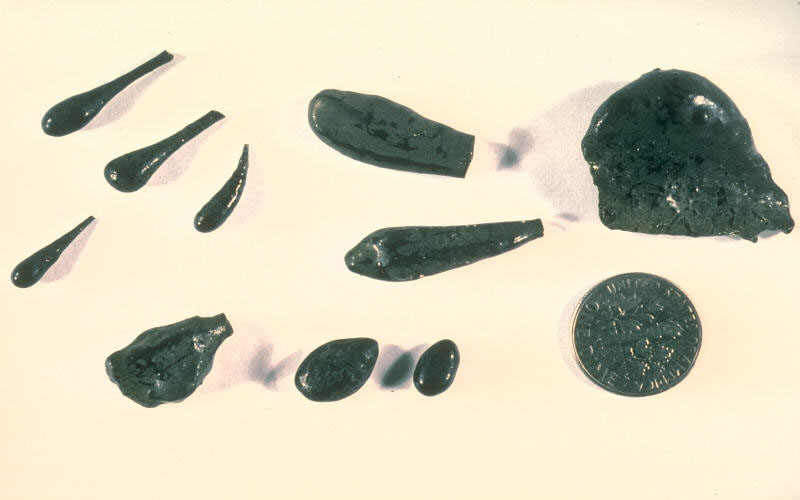
They are concretions, formed when water percolates through porous material depositing minerals in spherical grains. The first photos of the spheres in the bedrock of Mars in the rock known as Stone Mountain shows several lined up aling a fracture. This is a characteristic of concretions.
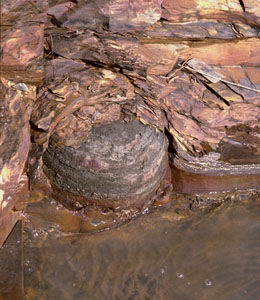
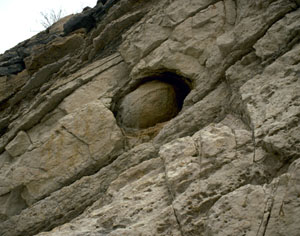
Two very large concretions on Earth, the left one at Kettle Point in Ontario Canada on the shore of Lake Huron, the right one at Bowling Ball Beach in California.
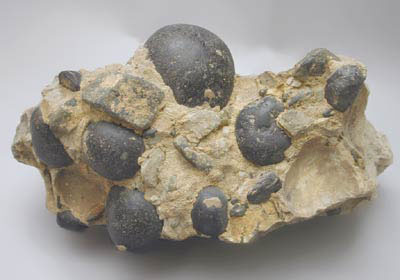
Black concretions in a white rock. From Russia.
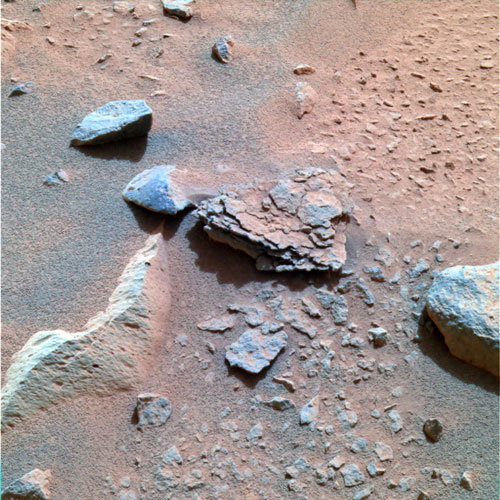
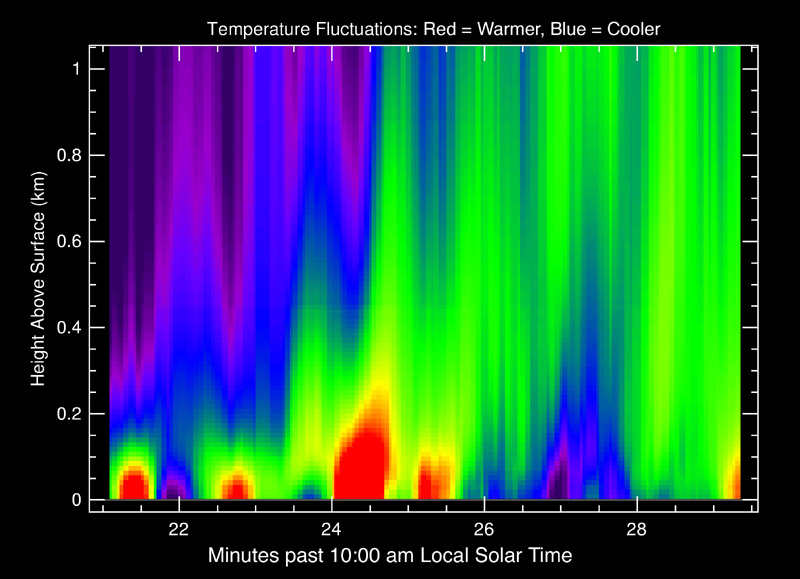
|
Scientific Explorations with Paul Doherty |
|
12 February 2004 |